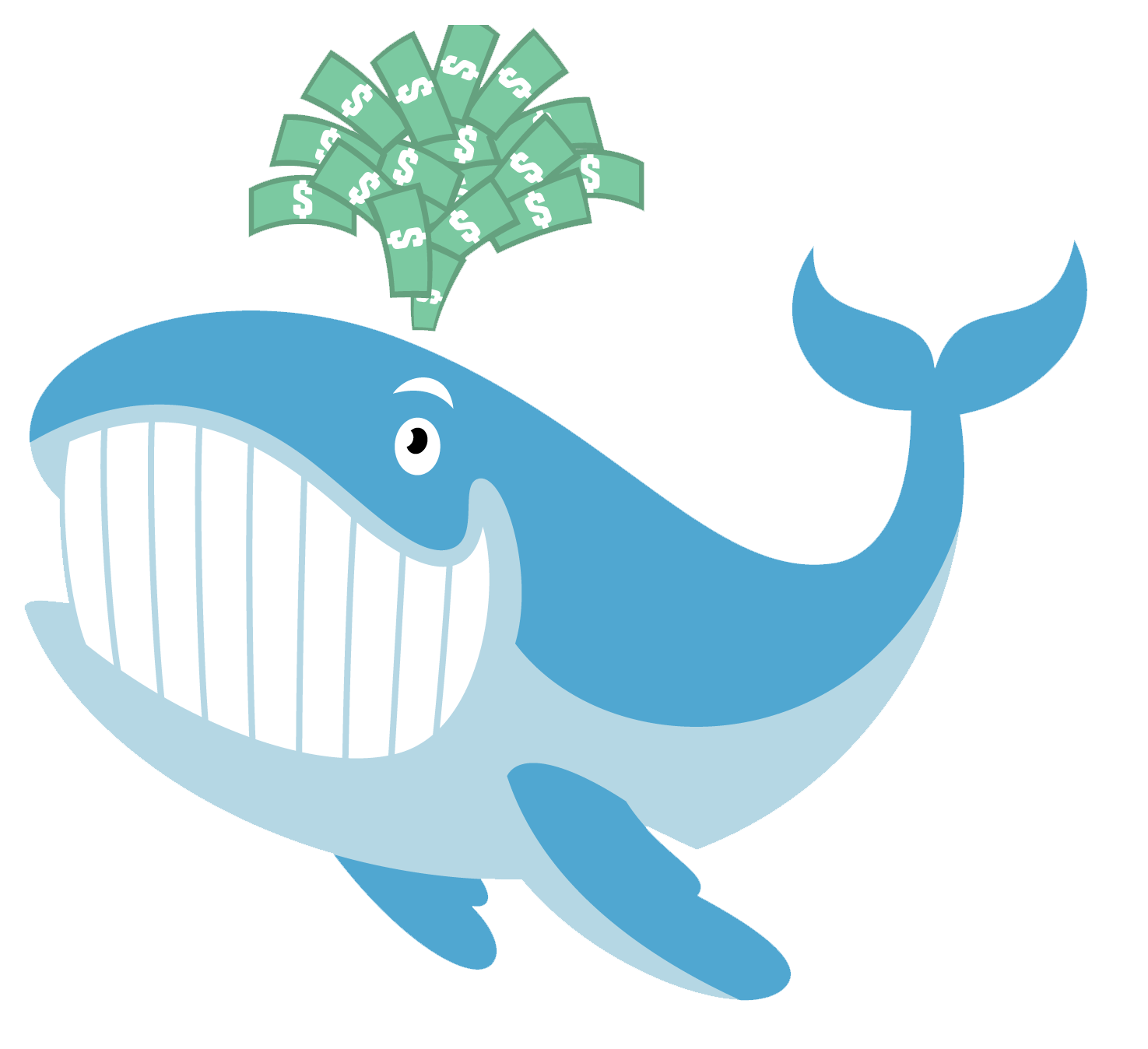Bank of Japan shocks financial markets by adjusting its yield curve control program
The Bank of Japan (BOJ) has decided to make adjustments to its yield curve control program, which has been a subject of controversy. The program's rigid structure is being eased, allowing long-term yields to rise above its previous 0.5 percent ceiling. As part of this move, the BOJ will now offer to buy 10-year government bonds at a fixed rate of 1.0 percent every business day, up from the previous rate of 0.5 percent.
This change aims to address the side effects of keeping borrowing costs at very low levels and prevent a sharp weakening of the yen. It comes as the BOJ raised its inflation outlook for fiscal 2023 to 2.5 percent, exceeding its 2 percent target.
Despite the adjustments, BOJ Governor Kazuo Ueda emphasized that there is still some "distance" to go in achieving the central bank's 2 percent inflation target in a stable manner. The BOJ took this step to ensure the sustainability of its monetary easing measures.
Ueda clarified that the central bank is not yet ready to start normalizing its policies, and he does not anticipate the 10-year yield to reach the 1.0 percent limit that was set as a precautionary measure.
Regarding the yield's movement, Ueda stated that the BOJ intends to allow the markets to decide, aiming for the yield to fluctuate between 0.5 percent and 1.0 percent if economic and price conditions show improvement. However, the central bank will still exercise some control to prevent unfounded and speculative selling, as completely leaving it to market forces would be akin to scrapping yield curve control.
After the BOJ's announcement, the yen saw a surge against the U.S. dollar, and the benchmark 10-year government bond yield climbed to a roughly nine-year high, surpassing 0.5 percent. The BOJ's decision aimed partly to curb foreign exchange volatility.
